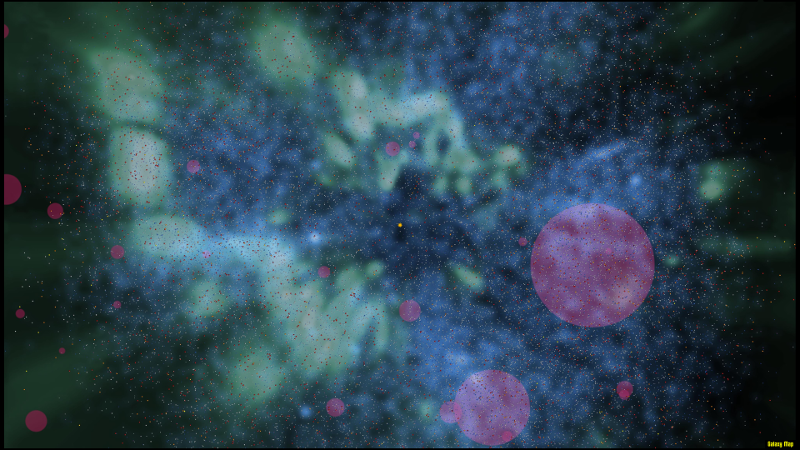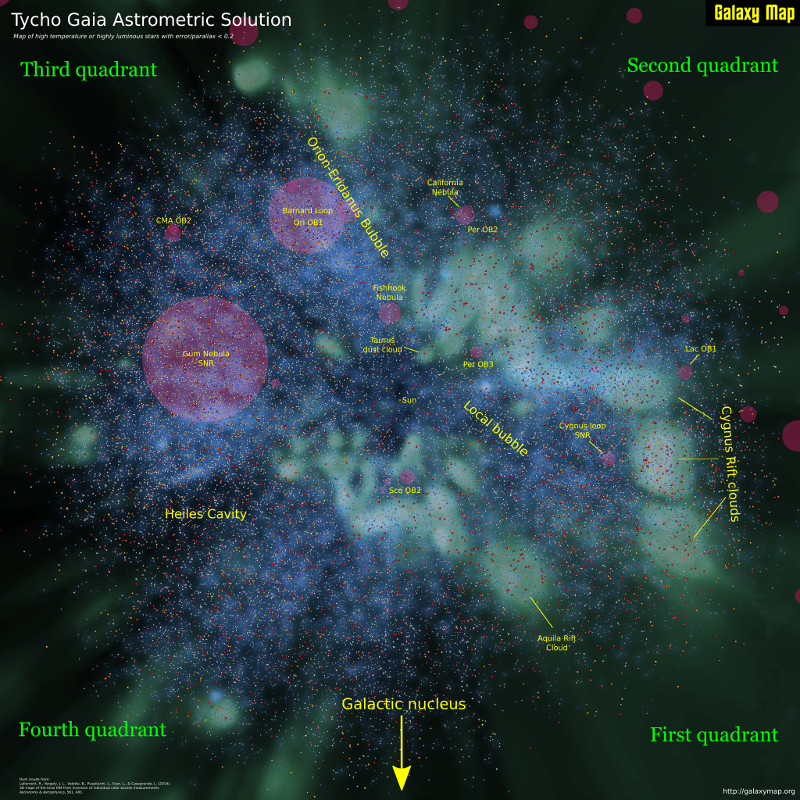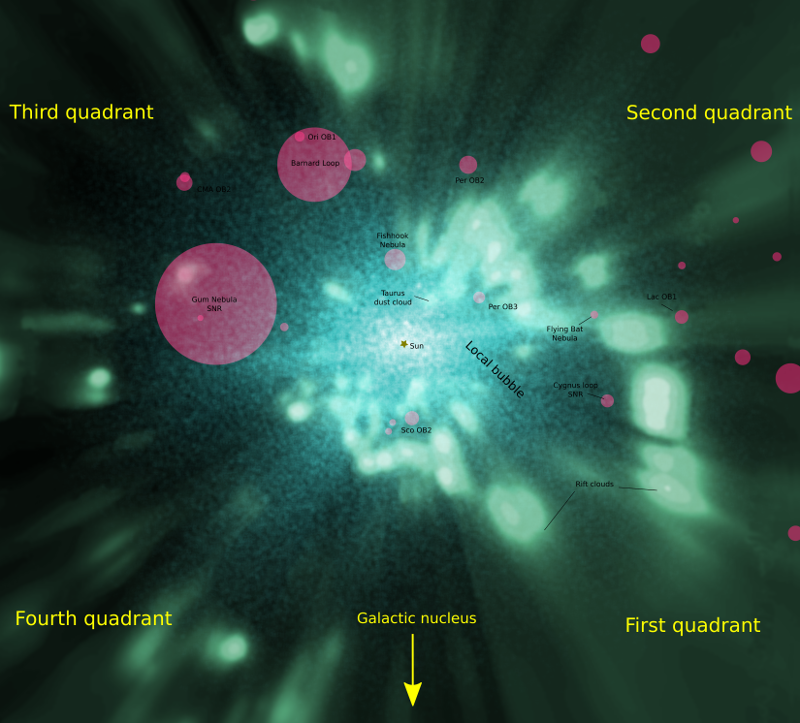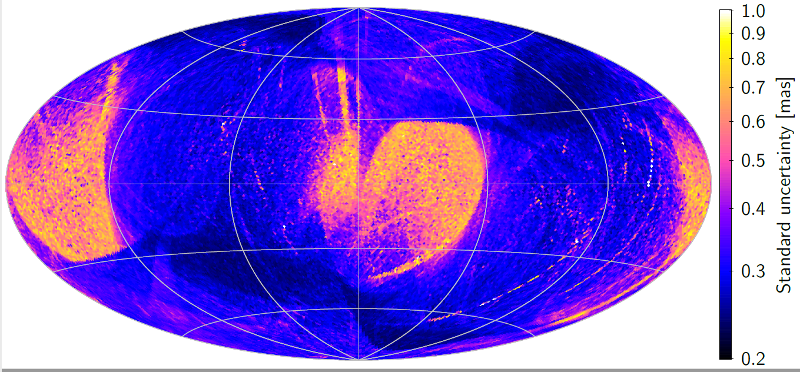TGAS Limitations
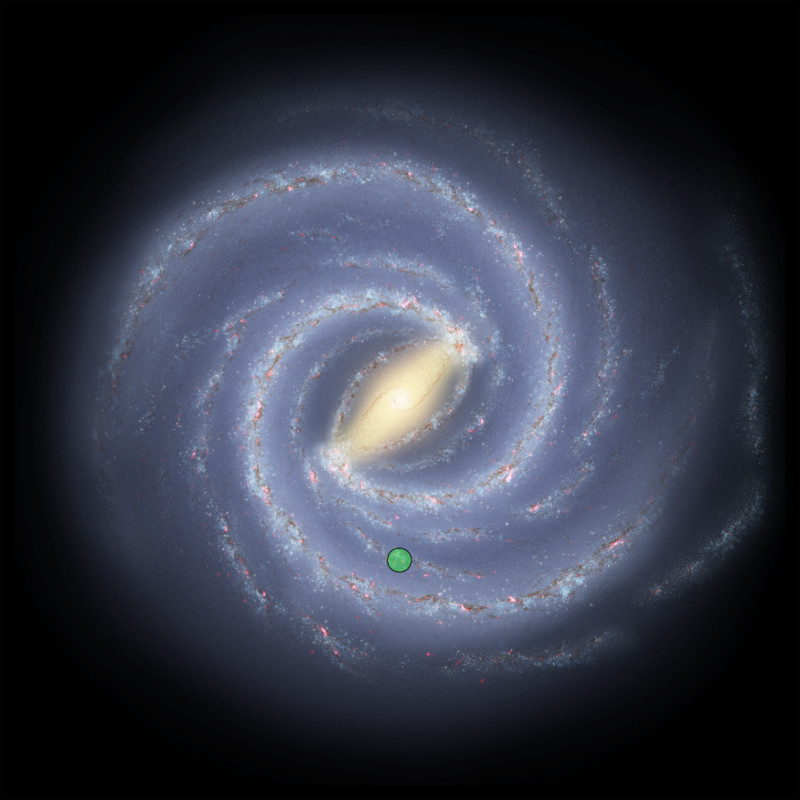
The Tycho-Gaia Astrometric Solution (TGAS) star parallax catalog, released as part of Gaia DR1 on September 14, 2016, was created by combining star position data from the Tycho-2 catalog (produced in the late 1990s) with observations from the first few months of Gaia observations. Because of the short scanning period and the dependence on older observations, it has a number of limitations.
The most obvious of these limitations is the accuracy of the data.
An important paper published in 2015, Bailer-Jones, Coryn AL. "Estimating distances from parallaxes." Publications of the Astronomical Society of the Pacific 127.956 (2015): 994 (read in arXiv), concludes that converting parallax measurements with errors to distances is not straightforward unless the estimated error/parallax ratio is < 0.2. If the error/parallax ratio is higher, not only are the results less reliable, but the formula depends upon a model of the distribution of the stars in the Milky Way. In other words, to place these higher error stars on a map, you essentially already have to have a map!
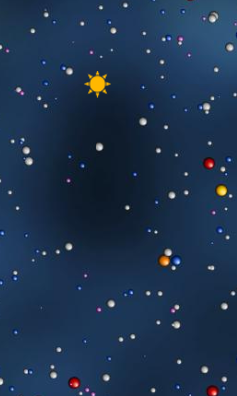
Is the lack of bright stars near the Sun real or a TGAS limitation? (View in Tycho Galaxy)
Half the TGAS stars have a parallax error of 0.32 mas according to the Gaia DR1 documentation. Plugging this error into Bailer-Jones's formula shows that most of the TGAS results can only be reliably placed on a map for distances less than 625 parsecs (about 2000 light years). The green disk in the image above shows this distance superimposed on an artist's model of the Milky Way. As you can see, 625 parsecs only covers the solar neighbourhood and does not even reach any of the galaxy's major spiral arms.
There are more limitations than this. According to the DR1 release notes:
- Many bright stars at G≲7 are missing from Gaia DR1;
- Sources close to bright objects are sometimes missing;
- High proper motion stars (μ>3.5 arcsec yr-1) are missing;
- Extremely blue and red sources are missing;
The net effect is that no naked eye stars and few stars close to the Sun are included in TGAS (and therefore appear on Tycho Galaxy). This might explain the odd dearth of bright stars near the Sun in the Tycho Galaxy map of the solar neighbourhood.
There is even more bad news. In addition to the 0.32 mas parallax measurement error for most of the TGAS stars, the Gaia DR1 release notes warn that the Gaia data may have a systematic error and that this error might be as high as 0.3 mas. If we add this to the 0.32 mas measurement error, Bailer-Jones's formula gives us a usable distance of 323 parsecs. This is not even as far as the Orion nebula and not that much further than the Hipparcos results from the 1990s.
I have ignored the possible systematic error in producing Tycho Galaxy but it does place a question mark over much of the map.
Another limitation is caused by Gaia's incomplete sky scans during the DR1 period. As the Gaia data that went into TGAS was gathered only over the first few months of the mission, some of the sky was not completely scanned. Gaia scientist Ronald Drimmel tweated the incompleteness maps:
Played with topcat during my flight.
TGAS completeness/incompleteness#GaiaSprint#MindTheGaps pic.twitter.com/tKCzRjYm1f— Ronald Drimmel (@rdrimmel) October 16, 2016
So am I disappointed with all this? Not really. The scans will be completed and the naked eye and high proper motion stars will be added to a future release. Moreover, the science goal of the Gaia mission is to produce parallaxes with an error of 0.0067 mas for the brighter stars. This is smaller than the size of a euro coin on the moon as seen from the Earth, and is fifty times more accurate than achieved for the TGAS release.
The Gaia scientists say that with more observation and calibration, the mission is still on track to achieve this high accuracy over the next few years. Plugging this reduced error into Bailer-Jones's formula gives us a usable distance that is larger than the entire galaxy. Clearly, the real limitation is the brightness of the stars as seen from Gaia. For those stars not embedded in thick dust clouds, the effective range of Gaia will include about a billion stars distributed through most of the Milky Way on this side of the galactic nucleus.
That is a big map.

